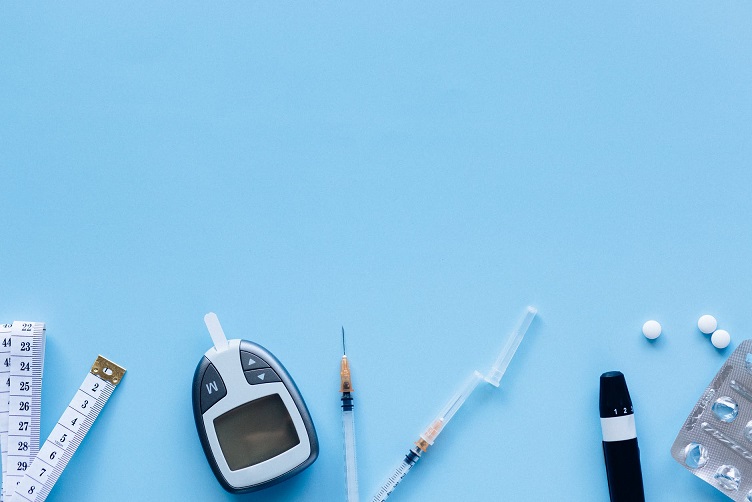Children born to diabetic mothers are more likely to experience vision complications.
A new study published in Diabetologia, the journal of the European Association for the Study of Diabetes (EASD), has found that maternal diabetes before or during pregnancy is associated with a higher likelihood of having children who go on to develop eye issues. There are numerous complications that arise in individuals who are living with diabetes across the course their lifespan, and the study suggests that some of these complications can be passed from mothers to their unborn offspring.
The research was conducted by Dr. Jiangbo Du, State Key Laboratory of Reproductive Medicine, Nanjing Medical University, Nanjing, China, and Dr Jiong Li, Aarhus University, Aarhus, Denmark, and colleagues. It specifically analyzed the connection between “maternal diabetes and high refractive error (RE), one of the most common eye conditions.”
RE includes both long- and short-sightedness as well as astigmatism. Low grade REs can be corrected with eyeglasses or contact lenses. However, higher degrees of the condition can develop into long-term impairment that cannot be corrected and impacts an individual’s overall quality of life and well-being. Previous research suggests that individuals with a high grade RE may have congenital eye defects present even before they are born.

The study included Danish national medical registers and the details of all live births in Denmark from 1977 to 2016. Maternal hyperglycaemia during pregnancy, the authors surmise, may increase fetal blood glucose levels, which will ultimately cause harm to the retina and optic nerve. The authors believe that exposure to maternal diabetes could negatively affect the development of the child and lead to high RE after birth.
Subject follow-up began at birth and continued until the one of several life events occurred, concluding at or before (depending on participant’s outcomes) age 25. “Of the 2,470,580 live births included in the study, 56,419 (2.3%) were exposed to maternal diabetes with 0.9% and 0.3% being type 1 and type 2 pre-gestational diabetes respectively, and 1.1% involving gestational diabetes,” the authors wrote, adding, “The proportion of births to mothers with diabetes increased over the study period from 0.4% in 1977 to 6.5% in 2016 and diabetes was associated with the mother being older, more educated, having had more pregnancies, and being more likely to live alone.”
In conclusion, overall, they determined, “Exposure to maternal diabetes was associated with a 39% greater risk of high RE compared to unexposed offspring.”
The authors also noted, “It was interesting to observe that hypermetropia (long-sightedness) occurred more frequently in childhood and myopia (short-sightedness) was more frequent in adolescence and young adulthood.” They added, “In this nationwide population-based cohort study, we observed that children born to mothers with either pre-gestational or gestational diabetes were at an increased risk of developing high RE in general, as well as specific types of high RE, persisting from the neonatal period to early adulthood. Children born to mothers with diabetic complications had the highest risk of high RE.”
Given the data collected and, in analyzing the results of the study, the researchers suggest “early identification and intervention (in cases of eye damage from maternal diabetes) can have a lifelong positive impact.”


Join the conversation!